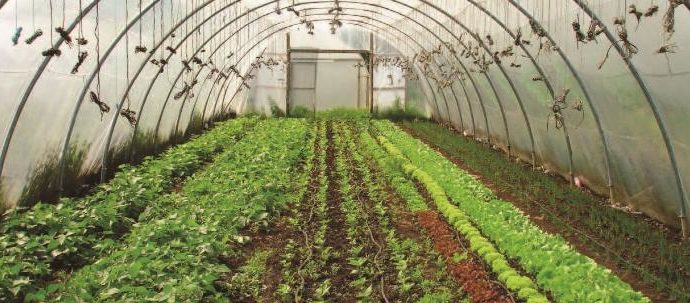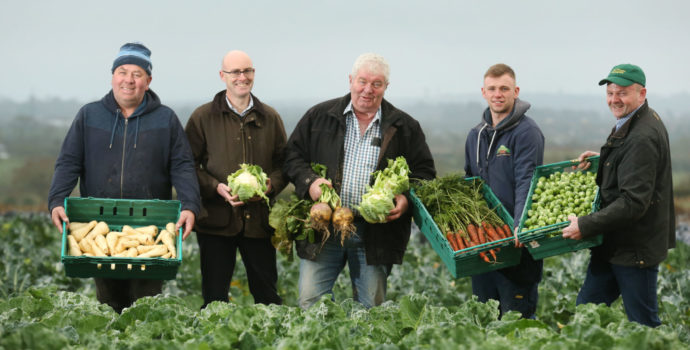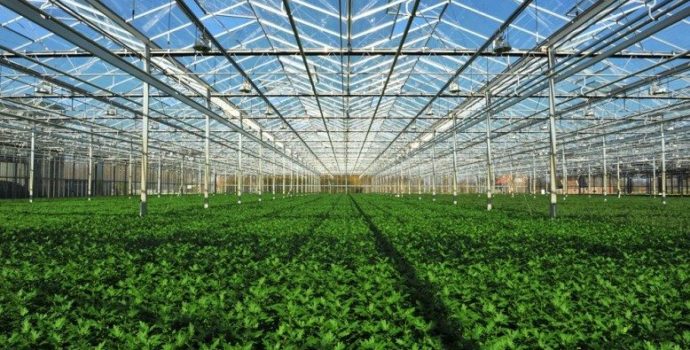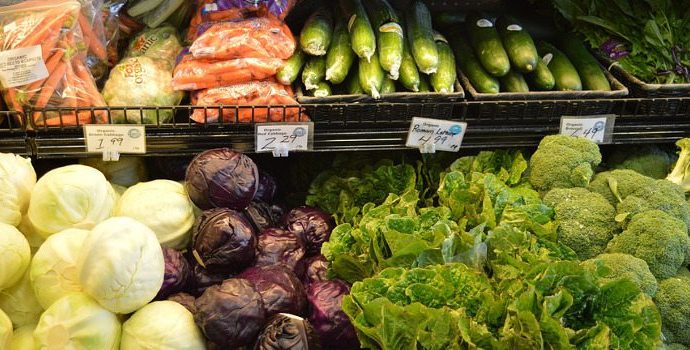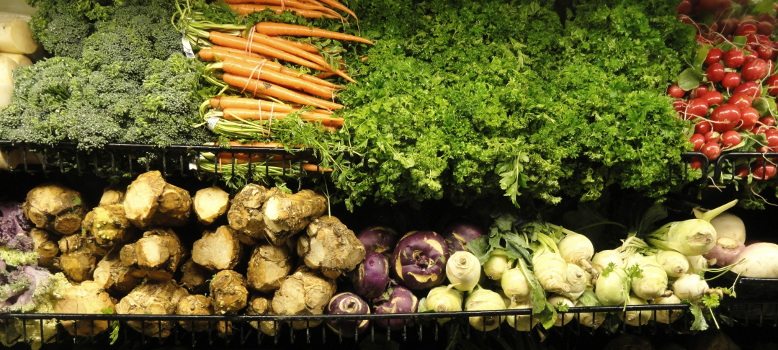
Overview
This season’s growing conditions have been better for some crops than others. It was certainly a more favourable season than last year’s drought-stricken conditions. The looming uncertainty of Brexit and trading environment made it very difficult to plan for the future.
Unfortunately, farm gate prices remain at last year’s pre-drought prices and growers’ have not received any increases despite the increase of input costs such as labour, fertiliser etc. The costs associated with changes in packaging continue to cause grave concern for growers, in some instances, cases arise where growers are left with unused packing after changes to product packaging which were not agreed in advance by some retailers.

Met Éireann rainfall levels recorded
Following an overall favourable Spring/early Summer period, weather conditions fluctuated in late summer and into Autumn. August was one of the wettest summer months on record in recent years. Met Eireann recorded 297.7mm for rain in Athenry in August 2019, almost 3x the amount of preceding years as shown in the graph above. Water table levels were dramatically increased and could not get a chance to return to normal levels.
The weakness of Sterling continues to be a challenge for the sector. The problem will be worse this season more than last, as weather conditions in the UK limit the quantities of product available for export.
Labour shortage was a huge problem for growers once again this season. Although growers availed of the non-EU work permits this year, it was a time-consuming process and many did not receive the workers in time for their busiest harvest periods.
Protected Crops and Salads
Following a poor spring period with poor light levels and below average temperatures, the backend of the season progressed quite well for protected crops and salads. Reported light levels were poor in September but improved for the rest of the season. Reasonable yields were reported, similar to last year. Temperatures remained quite stable which aided production and consumption.
Retailers stocked Irish lines where possible throughout the summer months. Packaging remains a huge concern for tomato growers, some retailers are moving from plastic towards cardboard but growers cannot be expected to foot the extra costs. Changes such as this will also require change in packing machinery which are a significant investment for growers.
Again, sourcing labour and accommodation was a major concern for this period even with the option of non- EEA work permits.
The fusarium issue in lettuce continues to be a major issue. The reduction in the critical mass of growers in the salad sector remains a serious issue and the continued reductions in retail prices remains a problem.
Brassicas
Brassica production was certainly hit the hardest by the weather conditions this year. In many parts of the country there have been little or no harvest windows since the fine weather at the time of the Ploughing Championships. The heavy rainfall in August in particular left fields flooded and development of crops were halted. The application of pesticides proved extremely difficult for growers throughout the season. The wet soil had devastating consequences for harvesting resulted in some outright losses of crops. Yields are reported to be average however, harvest losses will ultimately add to this.
Brussel sprouts are expected to be scarce this season due to reduced yields and very difficult harvest conditions. Some growers indicate that yields are down a tonne/acre. It was a reasonable season for cabbage this year overall, issues with disease levels still remain a concern.
Conditions in the U.K. caused devastation for growers. Many growers received a months’ worth of rain in a single day and some growers recorded the equivalent of three months rain in a week. Torrential rain in Lincolnshire at the end of June severely damaged some crops scheduled for harvest in August. It is estimated that losses around 25% losses of planted occurred that were in the ground at the time. It also had knock as wet soils meant a two-week planting delay for broccoli, cauliflower and cabbage. In Europe hot weather over August caused crop losses which further tightened the market, prices of imported lines rose as a result.
Root Crops
Following a reasonably dry start to the summer where some growers began to irrigate, rainfall in June and July was welcomed by growers. The main crop began on time however difficult harvest conditions in late summer wreaked havoc for growers. Carrot and parsnip growers struggled to plant winter crops in particular with such wet conditions.
Strawberries
This year’s strawberry season was an improvement on last year’s heat affected season. The new variety Centerary which many growers are now using proved excellent in terms of quality and rate of picking however yields were significantly reduced. Centenary provides consistently high-quality fruit however yields are reported to be less than for Elsanta. Retailers must recognise this reduced yield moving forward. New packing requirements are a major issue for strawberry growers due to the nature of the fruit. Growers must be given adequate notice to any changes in packaging.
Apples
Frost during the blooming period have had a serious impact on yields this year. Some growers report yields are down 50% on last year’s due to losses. According to the World Apple and Pear Association, European total apple production is expected to be 20% less than last year. Poland, Europe’s apple growing giant has been severely hit; the country is expected to process 44% fewer apples than last year. The yield is expected to be 2,710,000 tons. This will be a stark contrast to last year where high yields created a surplus across the EU.

